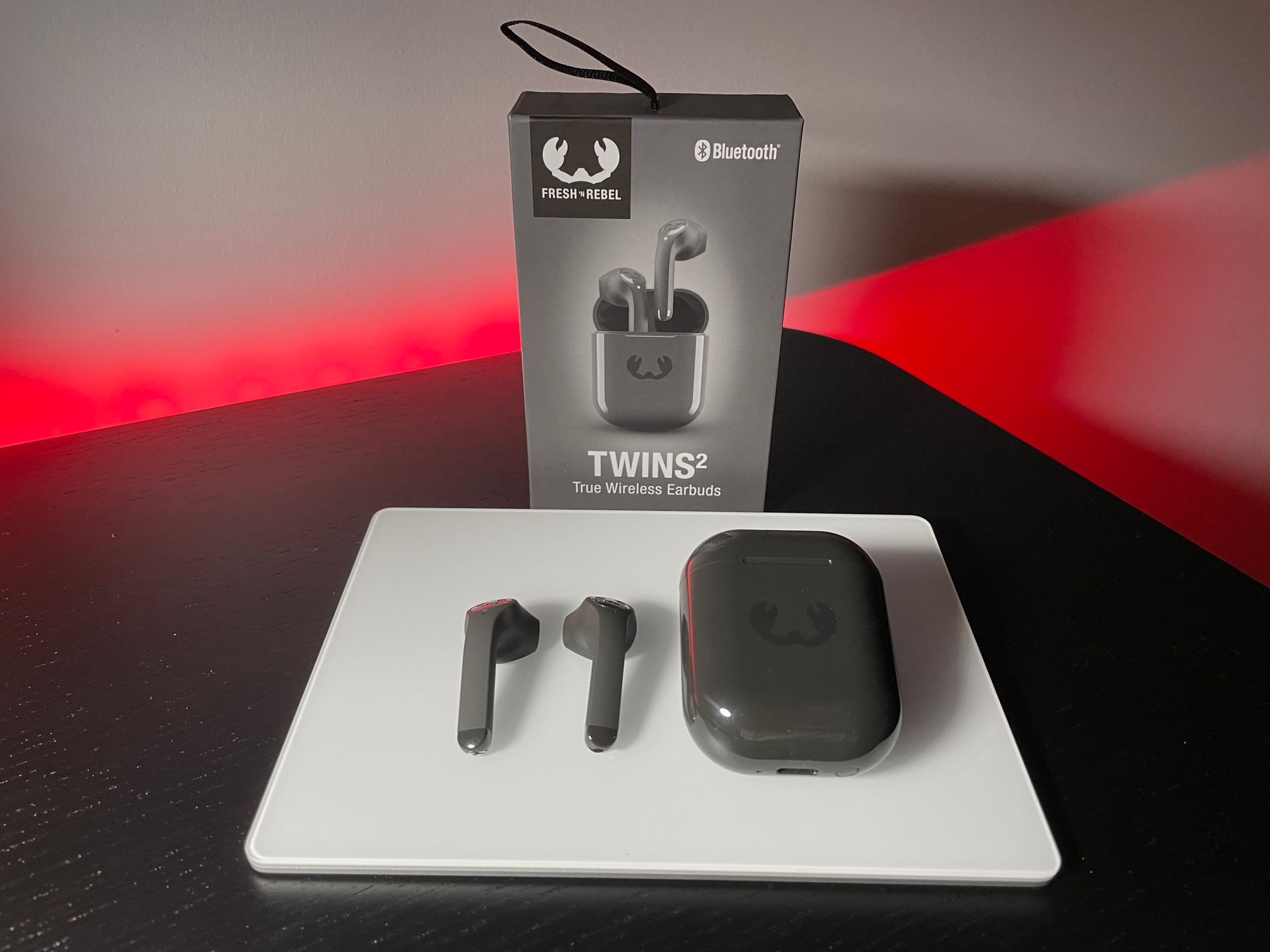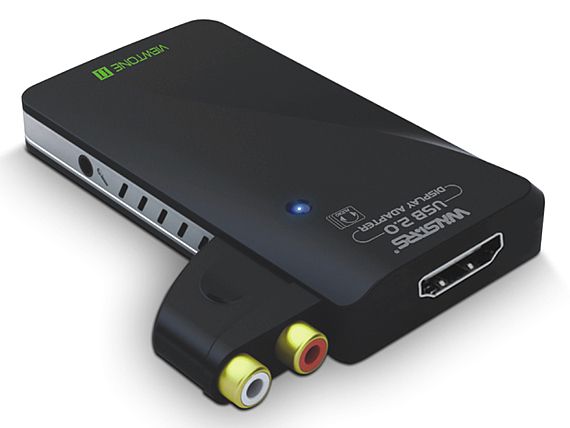
Note: USB 1.0 is now renamed USB 2.0 LowSpeed, and USB 1.1 is renamed USB 2.0 FullSpeed. From this version, manufacturers started to try to use the USB standard on their products. In 1998, USB-IF released USB 1.1, which increased transmission rate to 12 Mbit/s (Full Speed) and revised some technical details in USB 1.0. But unfortunately, this USB version was also seldom adopted by manufacturers. The USB 1.0 specified data rates of 1.5 Mbit/s (Low Bandwidth or Low Speed) and maximum output current of 5V/500mA. In 1995, these companies established USB-IF and this organization announced USB 1.0 in the next year. Look at the following chart and you may get a rough concept about USB 1, USB 2, USB 3, and USB4. Then, these companies continued to released USB 0.8, USB 0.9, USB 0.99, and USB 1.0 RC in the following two years.īut these interfaces had little response in the market, and basically no products adopted them. The first USB protocol is USB 0.7, which was jointly proposed by Intel, Compaq, IBM, Microsoft and other companies at the end of 1994. What Are the Differences Between SD Card VS USB Flash Drive? USB Protocols and Speeds Users just need to plug a USB device into a port on a running computer, and then the USB driver will be installed and configured automatically to access the USB device. Small devices can be powered directly from the USB interface, eliminating the need for additional power supply cables.


It's a technical specification for input and output interfaces.Ģ. Universal Serial Bus (USB) is an interface standard that specifies how two devices (usually a computer/phone and the other USB device) connect, communicate and exchange power. In addition, it also shows you how to benchmark USB drive and improve USB drive's speed. Do you want to know various USB types and USB speeds? In this post, MiniTool Partition Wizard introduces USB types, USB speeds, USB ports, and USB functionalities to you.


 0 kommentar(er)
0 kommentar(er)
